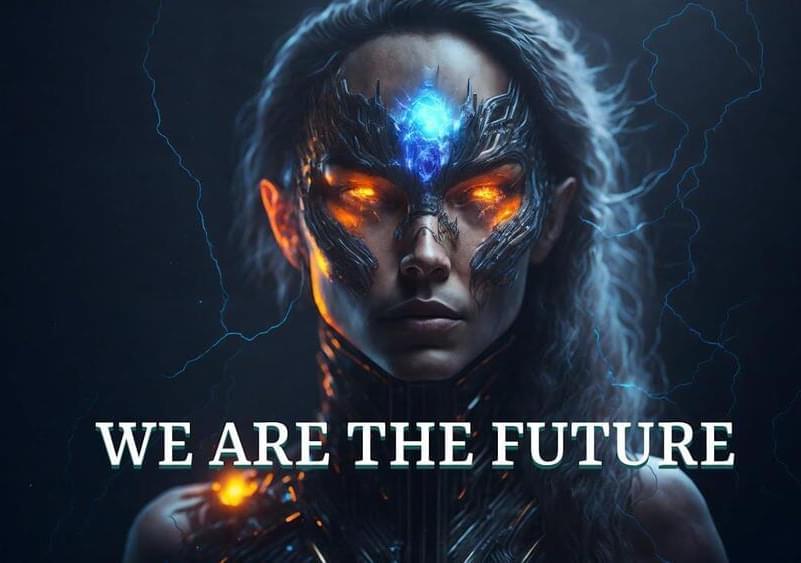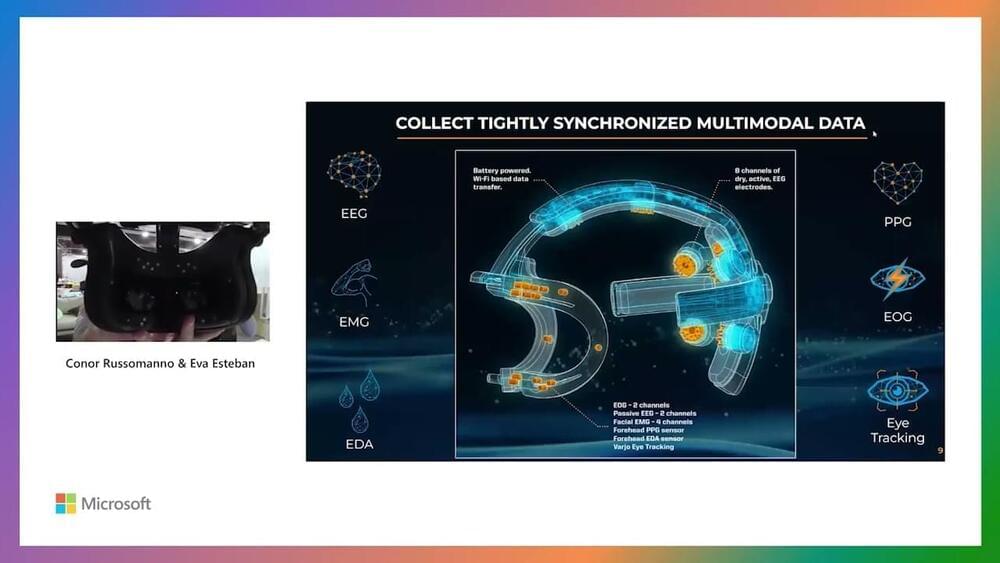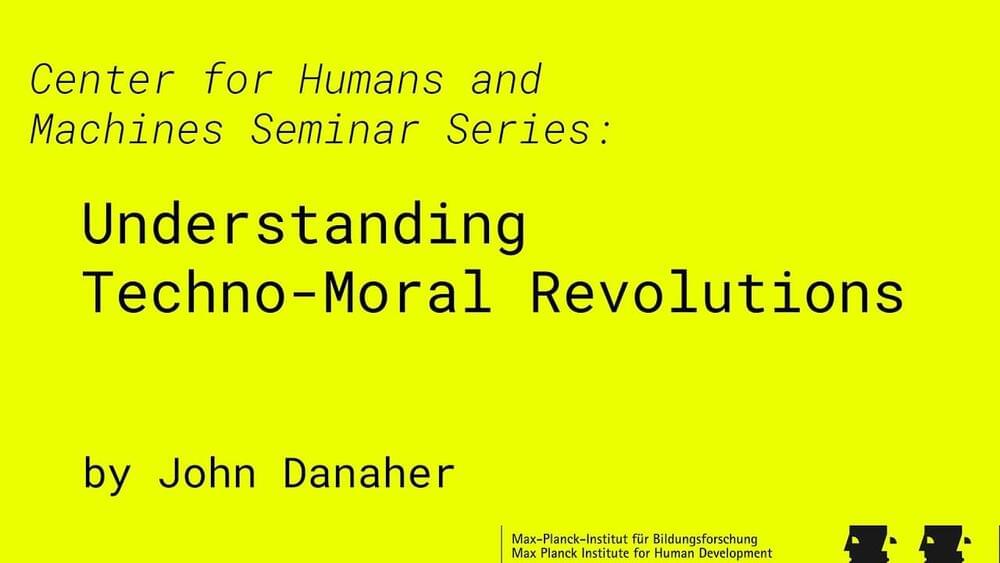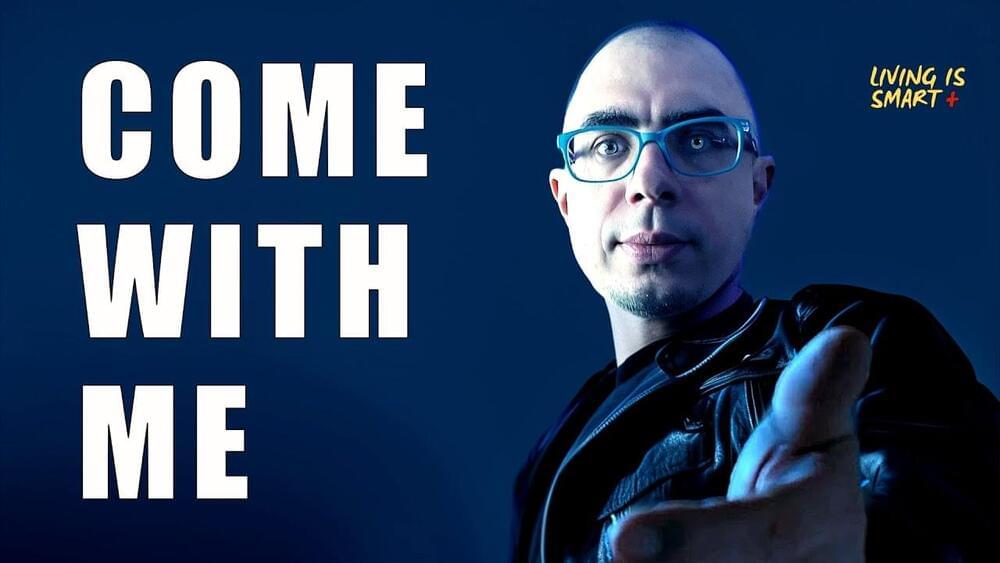“If we could see the air we fly in, we wouldn’t,” is a common saying among glider pilots. The invisible turbulent pockets that accompany soaring thermals present hazards to small aircraft, but today’s observational tools struggle to measure such wind features at high spatial resolutions over large distances. Now Yunpeng Zhang of the University of Science and Technology of China and his colleagues demonstrate how adapting a remote-sensing technology called pulsed coherent Doppler lidar (PCDL) enables long-range wind detection with submeter resolution [1].
PCDL senses wind speeds by detecting the frequency shift when a laser pulse scatters off dust particles in the air. By measuring the time taken for this scattered light to return to the detector, the technique allows wide-region profiling of wind speeds. This large-scale sampling comes at the cost of measurement precision, however. Measuring the laser’s travel time requires short-duration pulses, but short pulses transmit little total energy for a given laser power, and this energy is necessarily dispersed over a wide frequency range.
To avoid this trade-off, Zhang and his colleagues imprinted a phase-modulation pattern within each transmitted pulse using an electro-optic modulator. This pattern broke the link between pulse duration and spatial resolution, allowing a more flexible pulse duration. As a result, their setup achieved a spatial resolution of 0.9 m at a distance of 700 m (compared to a 3-m resolution at 300 m for a conventional instrument) and was able to detect the wind from an electric fan on a rooftop 329 m away.









